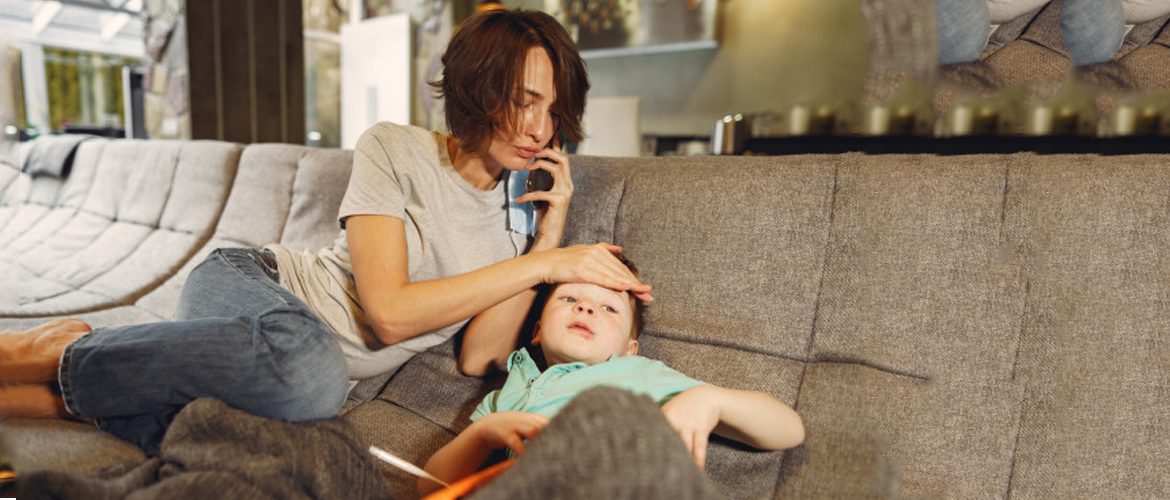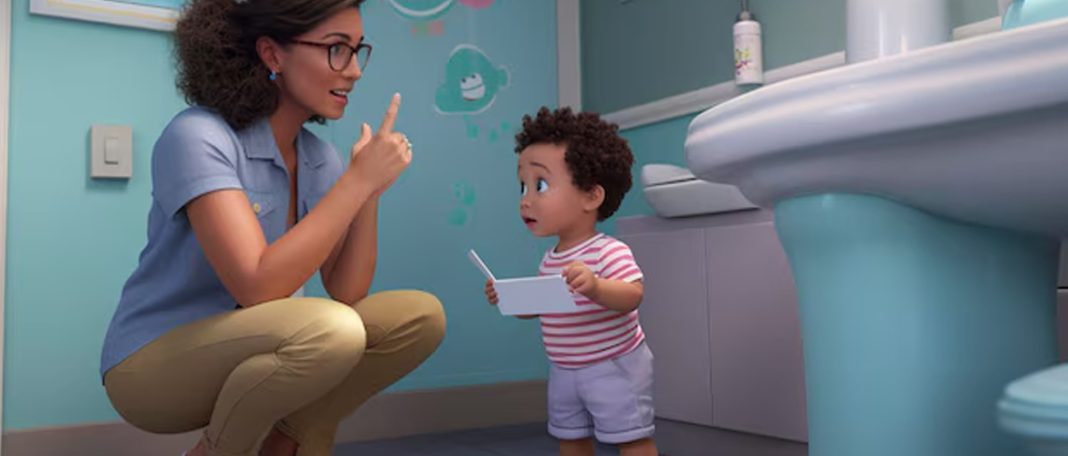The most important basic skill that every child should learn is when and how to use the toilet. If you have children in your home, then this blog is for you. According to the report, many of the children working on this skill are only between 18 months and 3 years of age. Hence, the average age of potty training starts around 27 months.
In this informative guide, find out when to start potty training, which will help you begin the process effectively.
Let’s get started to know in detail.
What is Potty Training?
Potty training is the process of teaching young kids to use the toilet for urination and defecation instead of depending on diapers. This process involves transitioning from using diapers to using a potty chair or toilet. It usually involves several steps and varies depending on the child’s and family’s methods.
Must Read: Smart Parenting Tips to Notice Signs and Symptoms of Stress in Kids
When to Start Potty Training?

The perfect time to start potty training varies for every child. But, most children show signs of readiness between 18 and 24 months of age. Some children may not be ready until they are 3 years old.
Here are some signs that indicate a child might be ready to start potty training,
When can you start Potty Training
1. Interest in Toileting
Showing curiosity about the toilet, observing others using it, or expressing a desire to wear underwear.
2. Physical Indications
Stays dry for at least two hours at a time during the day or is dry after naps.
3. Behavioral Signs
Expressing discomfort with dirty diapers, Communicating when they need to go, or showing awareness of bodily functions.
4. Cognitive and Motor Skills
The ability to follow simple instructions, walk to the bathroom, pull down pants, and sit on the toilet.
Equipment to Start Potty Training
1. Potty chair
A small, child-sized chair with a removable basin.
2. Toilet Seat Adapter
A seat that fits over the regular toilet to make it child-sized.
3. Step Stool
Helps the child reach the toilet and sink.
Recommended Ages and Tips for Potty Training Toddlers and Children
| Age Range | Signs of Readiness | Tips for Potty Training | Expected Challenges |
| 18-24 months | Staying dry for 2 hours or longer, Showing interest in the bathroom, Can follow simple instructions | Introduce the potty chair, Use positive reinforcement, Be patient | Resistance to sitting on the potty, Accidents |
| 24-36 months | Communicates the need to go, Can pull down/up their pants, Shows discomfort with dirty diapers | Establish a routine, Read potty training books, Offer encouragement | Regression during major changes (new sibling, move) |
| 36-48 months | Can stay dry throughout the night, Fewer accidents, Understands the concept of using the toilet | Gradually transition to the toilet, Practice nighttime training | Nighttime wetting, Fear of using public toilets |
| 48+ months | Consistent use of the toilet during the day, Able to use the toilet independently | Continue to reinforce good habits, Address any remaining challenges | Occasional accidents, Nighttime dryness issues |
Steps to Start Potty Training
1. Introduction to the Concept
First, start by talking to your child about using the toilet and explaining its purpose. Explain the process in simple terms, show them visually, and introduce the potty chair.
2. Show the Right Equipment
Provide them with a child-friendly potty chair or a special toilet adapter with a step stool.
3. Establish a Routine
Encourage your child to sit on the potty at regular intervals, such as after meals or before bedtime, even if they don’t need to go.
4. Use Positive Reinforcement
Praise and reward the child for successful use of potty chairs, even if they don’t use them properly.
5. Patience and Consistency
Understand that setbacks will happen, and patience is the key. Stay patient throughout the process. Hence, it helps maintain a consistent approach and is a key to crucial success.
6. Stay Close and Guide
Stay close to the child during the initial stages, and be ready to assist and guide them quickly.
7. Dress Your Child
Use easy-to-remove clothing that will help facilitate quick trips to the potty.
8. Teach About Hygiene
Teach your child proper hygiene practices, such as wiping and handwashing after using the toilet.
9. Consult Pediatrician
If there are no signs of progress after several months of training, it is a must to consult a pediatrician for more guidance.
Related: How often should you take your child to your pediatrician?
Points To Remember
Always remember that starting too early can lead to frustration for both parents and children. So, the best time to start potty training is when both the child and the parents feel ready to commit to the process.
Happy Parenting!!!!!!!!!!















